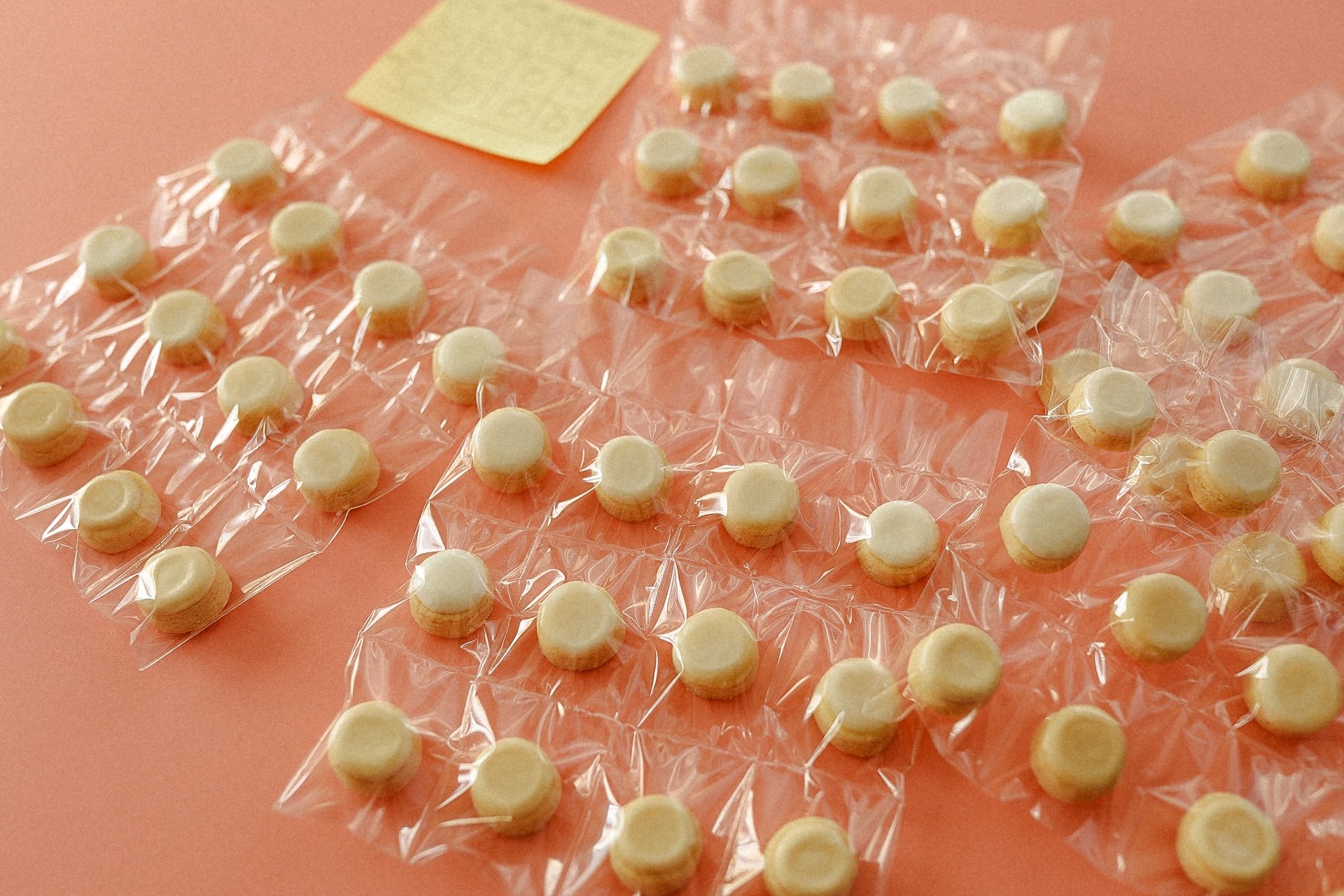Confectioners Sugar Experiment Part 2
After a week of rigorous testing, the results are in! Before we jump in, I’m going to do a quick recap of Part 1 of this blog post series to get everyone up to speed. If you want to read the full write up for Part 1, you can do that here.
Part 1 Recap (Background)
During the first part of this series, I expand on the purpose of the test as well as the methodology behind the test design. After a few batches came out with a subtle (but unwanted) floral flavor, I got to work to figure out which ingredient was the culprit. Troubleshooting revealed that the mystery flavor was still present in my cookies, which indicates that it’s caused by an ingredient — but it was unclear whether it was an additive in the powdered sugar like cornstarch which can easily absorb surrounding flavors, or one of my flavoring ingredients.
When I created the test, I knew I would be testing across multiple variables and prepared a test plan that could execute on pinpointing the issue.
Each participant received a 12 cookie test (each cookie was 3/4” in width) and a packet containing questions about each sample. The first sheet you see here, is my legend. This was a sheet that I used to conduct the test.
Each cookie was labeled with an edible marker so that the variant could be identified before each round of testing began. In hindsight, I could have randomized the samples for even better results.
The Results
Across the board, participants did identify that peculiar floral flavor across the entire test, which rules out the powdered sugar as the cause (though there are notable results from this part of the test that I’ll recap below). With the knowledge that the powdered sugar product was not the root of the problem, it made sense to drill into the specific flavors that were added to each batch. Each cookie contains Mexican Vanilla and half of the test contains Mexican Vanilla + Almond Emulsion.
Because the test results conclusively showed that the flavor was present across all cookies, it became clear that the use of Mexican Vanilla was the root cause of the issue and after doing further research about how it’s produced — the results make a lot of sense. Many Mexican Vanilla products are made not from a vanilla bean but from the bean of a Tonka tree. This tree does have floral qualities which kind of blew my mind.
To verify the results, towards the end of the test I created a batch of cookies without the use of Mexican Vanilla (it was called batch 13) and tested it with a participant who had previously reported the floral flavor and who had completed the test itself. That respondent did not identify the odd flavor, therefore solving the great mystery!
Interesting Findings
Setting aside what we learned about Mexican Vanilla, there were some other very interesting results that do indicate that not all powdered sugar is created equal. More often than not, respondents favored the brand C&H over the Costco brand Pioneer. Wild Harvest (an organic brand which contains tapioca starch instead of cornstarch) was either loved or detested.
One other notable finding was that between all of the brands, they were all similarly stack-ranked in terms of the mystery flavor intensity. Pioneer was the most prevalent, C&H was the second most, and Wild Harvest was the least.
Most respondents favored the inclusion of almond extract in the cookie. Some mentioned that the inclusion of almond extract subdued the floral flavor in some way.
Testing against batch 13 revealed that Mexican Vanilla was the contributing factor to the mystery floral flavor in the cookies. Removing it from the ingredients list eliminated it from the cookies sampled from batch 13. Imho, this is as conclusive as I can make it.
So, there you have it!
Read other popular blog posts below:





